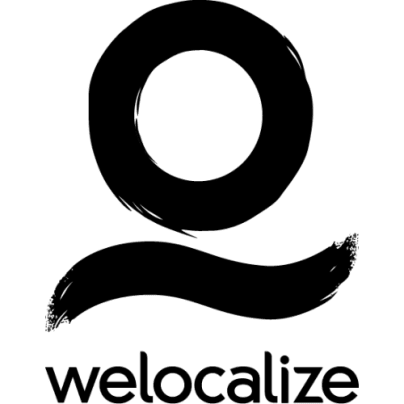Alexander Reich is a labor and employment attorney with Saul Ewing LLP.
Most workplace harassment policies focus on the actions of co-workers and supervisors. But harassment does not always come from inside the organization. Customers, vendors and contractors can create unsafe environments for employees, and a recent 6th U.S. Circuit Court of Appeals decision, Bivens v. Zep, Inc., is forcing HR professionals to rethink how liability works in these situations.

In Bivens, a saleswoman visiting a client site was invited into a customer’s office, where he made sexual advances. She declined and reported the incident to her manager, after which her territory was adjusted to avoid future contact. Later, she filed a sexual harassment claim. The court had to determine whether the employer could be held responsible when harassment comes from a third party rather than a co-worker or supervisor.
Traditionally, the U.S. Equal Employment Opportunity Commission and most federal courts held that employers could be liable if they knew or should have known harassment was likely. In Bivens, the 6th Circuit raised the standard. Employers within that circuit (which covers Michigan, Ohio, Kentucky and Tennessee) are now only liable if they were substantially certain that the third-party harassment would occur. This change makes it harder for employees to succeed in claims against employers for third-party misconduct, but it also shines a light on the responsibilities of HR professionals to create safe workplaces regardless of legal exposure.
Best practices
For HR teams, the ruling is a reminder that policies and procedures matter more than ever. Employees must know how to report harassment, whether it comes from a colleague or an outsider. Anonymous reporting channels — such as dedicated HR email addresses or hotlines — remove barriers and make it easier for employees to speak up.
Manager training is equally critical. First-level managers often receive initial complaints and are responsible for escalating them correctly. They must understand that allegations of harassment require prompt action and reporting to HR or the appropriate compliance officer. Missteps at this stage can create both legal and cultural risks, even under the 6th Circuit’s narrower standard.
One way HR can put policy into practice is by taking action immediately when third-party harassment occurs. Written communication serves both as a legal record and as a signal that the company will enforce its policies. By documenting the complaint and taking immediate action, the employer in Bivens protected the employee and reduced the company’s potential liability. This proactive approach is exactly what HR teams should replicate whenever harassment comes from customers, vendors or contractors.
Broad responsibilities
While the new standard limits employee claims, HR cannot ignore the broader responsibility to prevent harassment.
Employees must feel empowered to report misconduct, and managers must be trained to respond consistently and appropriately. Proactive prevention is challenging because organizations cannot control every interaction with third parties, but clear policies, documented training, formal notices and accessible reporting channels remain the most effective tools to reduce risk and demonstrate compliance.
The Bivens decision may favor employers in some jurisdictions, but it does not reduce the responsibility of HR to maintain a safe workplace. By emphasizing transparency, accountability, and prompt legal action when needed, organizations can protect employees and minimize exposure. Third-party harassment is complex, but a proactive HR strategy ensures employees know their voices matter and that inappropriate conduct will never be ignored.













